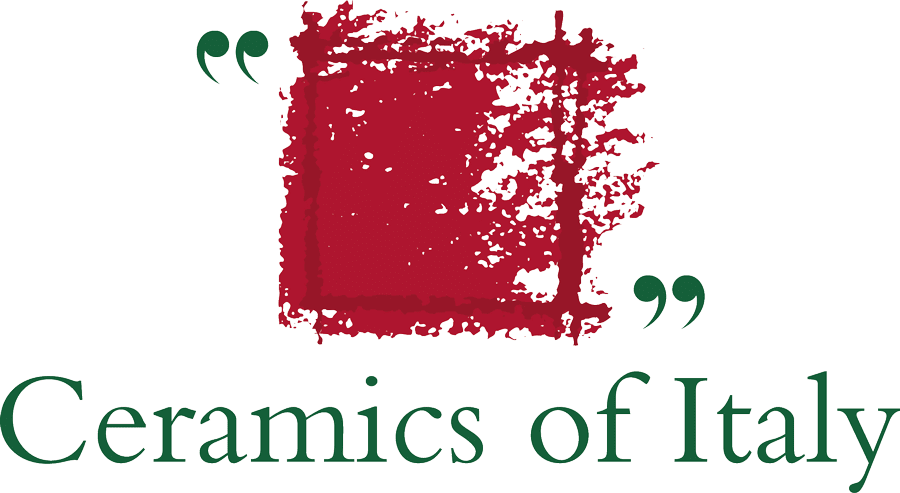The Italian ceramic industry applies Green Supply Chain sustainability guidelines to minimise environmental impact over the entire product life cycle. The Life Cycle Assessment (LCA) describes the sustainability criteria that are observed from raw materials procurement through to product disposal at the end of its lifetime, demonstrating the efficiency of the Italian ceramic industry’s Green Supply Chain.
Recycling reduces raw material extraction
The Green Supply Chain approach begins at the raw material procurement stage. By reusing 100% of solid waste, the Italian ceramic industry recovers 9.3% of its raw material requirements. And given that water is also a precious environmental resource, sector companies recover 99% of their wastewater in order to drastically reduce groundwater uptake.
The Italian ceramic industry also preserves environmental biodiversity by avoiding raw material extraction in Natura 2000 protected areas.
Rail transport
The transportation of raw materials and finished product is a crucial step in reducing atmospheric emissions. 24% of the Italian ceramic industry’s incoming and outgoing freight transport is by rail.
Packaging with compostable materials
The Italian ceramic industry also focuses on the composition of packaging to reduce costs and consumption: the introduction of compostable materials has led to the use of 100% recyclable packaging.
The advantages and opportunities of the Green Supply Chain
The adoption of Green Supply Chain criteria brings a number of advantages. First, a sustainable approach to operations optimises industrial processes by reducing production costs and making it easier to comply with future regulatory guidelines.
Secondly, the Green Supply Chain raises the Italian ceramic industry’s sustainability profile and demonstrates the sector’s commitment to the environment, thereby increasing its international competitiveness.



 Architects
Architects
 Dealers
Dealers
 Public
Public


